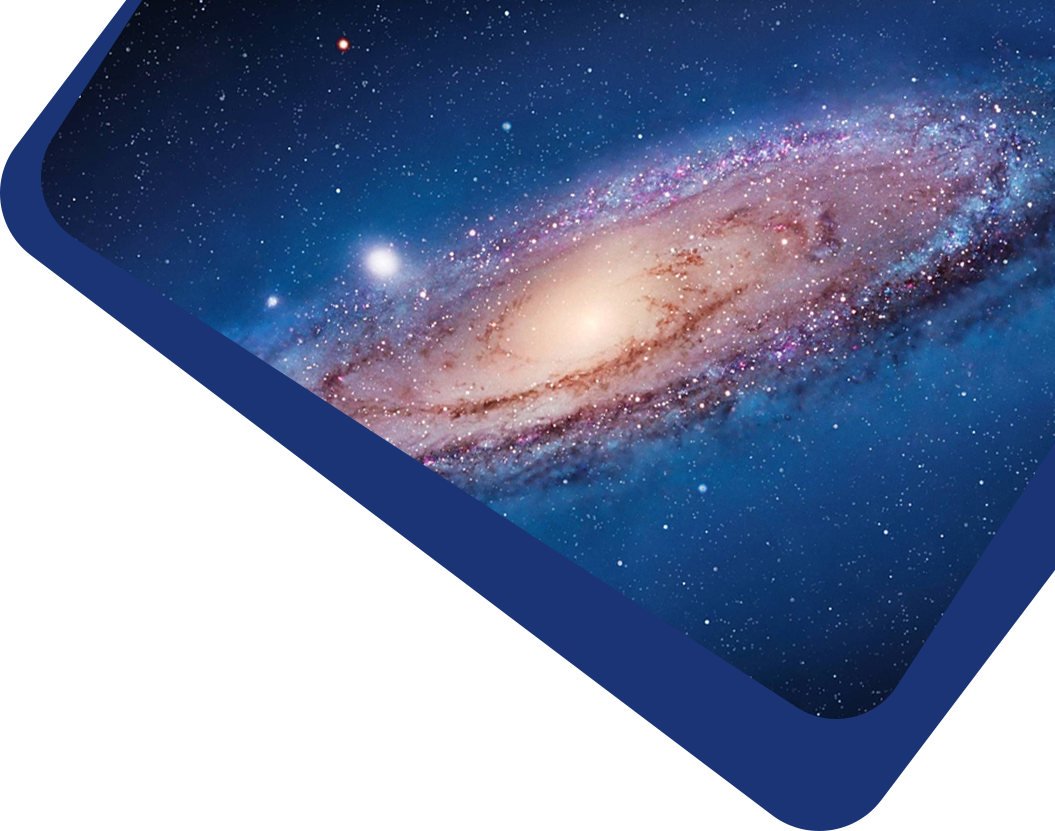Supernova remnants (SNRs) interacting with molecular clouds (MCs) are recognized as the sources of γ-rays and cosmic rays in the Galaxy. Based on the SNR-MC system, this study establishes a particle cumulative diffusion model to investigate the mechanism by which high-energy protons escaping from SNRs interact with dense MCs through proton–proton interactions to produce high-energy γ-rays. Using the W51 complex, a typical star-forming region, as a research sample, we analyze the production and propagation characteristics of γ-rays. By employing the Exponential Cutoff Power-Law model and the Markov Chain Monte Carlo method, we fit the γ-ray observational data of W51C, successfully constraining the key physical parameters. Additionally, we systematically search for 1LHAASO sources spatially coincident with SNR-MC systems to explore the potential origins of ultra-high-energy (UHE) γ-ray sources. The results indicate that the radiation characteristics of the UHE γ-ray sources are highly consistent with the SNR-MC systems, further supporting their candidacy as PeVatrons in the Galaxy.



